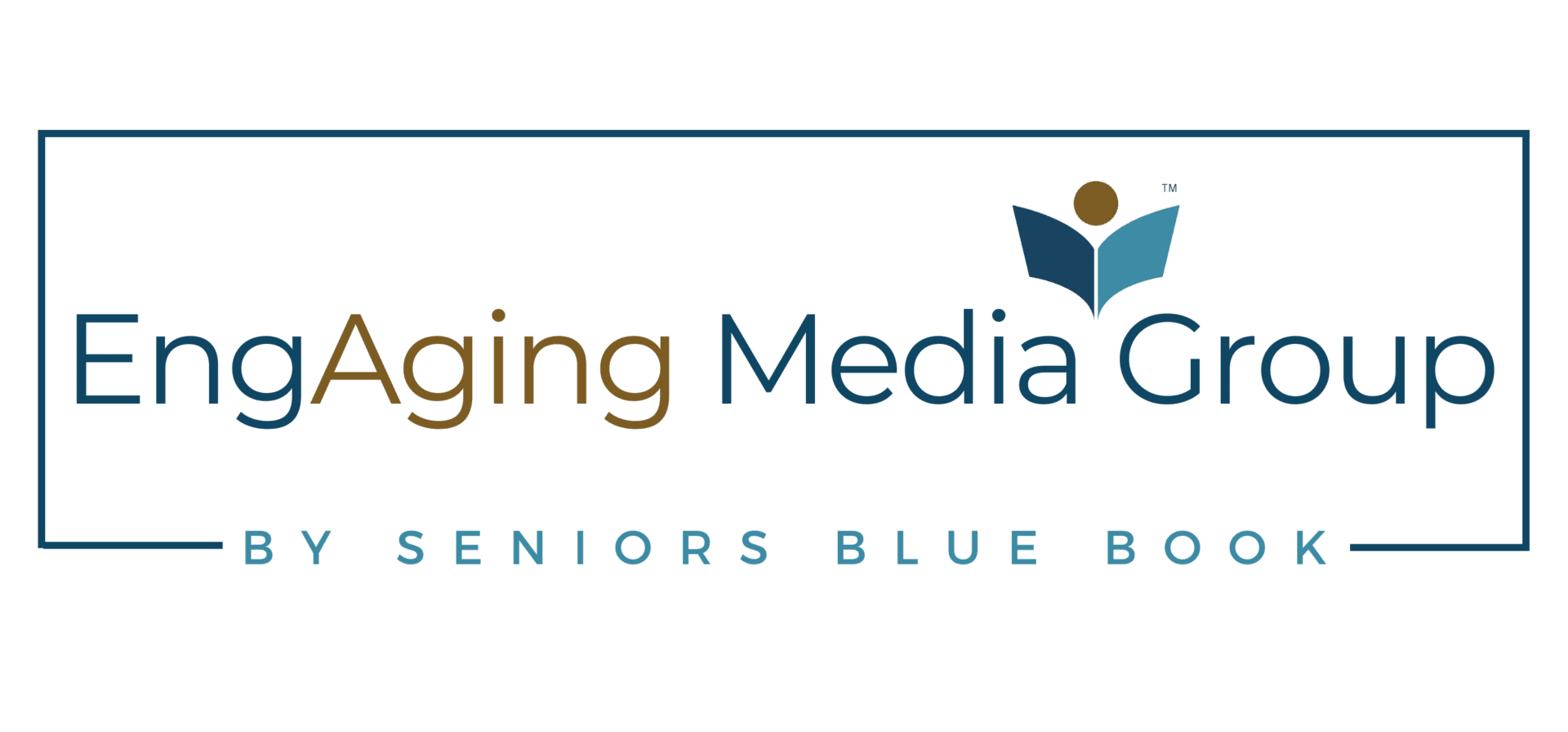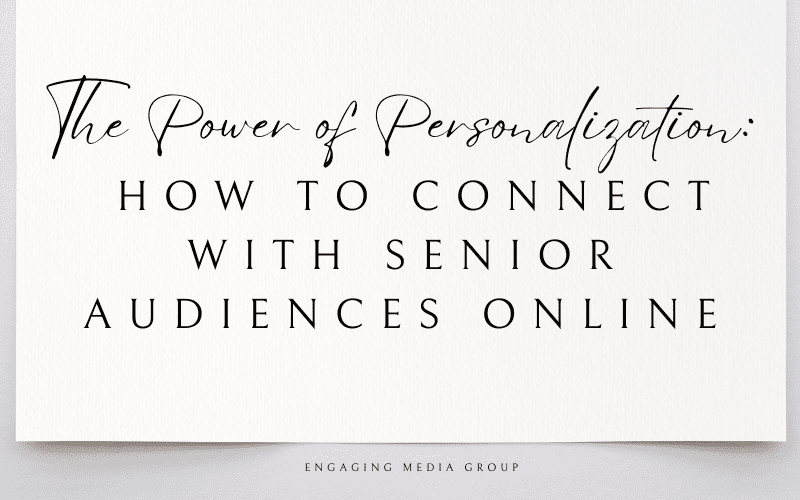Personalization is a game-changer in digital marketing, especially when targeting senior audiences. Unlike younger generations, older adults value trust, familiarity, and relevance in their online interactions. Generic marketing messages often fail to resonate with this demographic, making personalization an essential strategy to enhance engagement and brand loyalty.
In this article, we’ll explore the key ways to personalize your digital marketing strategy to effectively connect with senior audiences. By implementing these tactics, your business can improve brand visibility, build stronger relationships, and ultimately drive higher conversion rates.
1. Understand Your Senior Audience
Before personalizing content, you must first understand your audience. Research their preferences, interests, and online behaviors. Seniors often appreciate clear, straightforward communication and content that aligns with their values.
What to include:
- Customer surveys and feedback
- Analytics on website visits and engagement
- Social media insights to track interactions
2. Use Clear and Simple Messaging
Avoid jargon or overly complex language. Seniors appreciate messages that are easy to understand and directly address their needs. Keep sentences concise, use large fonts, and ensure high contrast for readability.
What to include:
- Straightforward headlines and copy
- Readable font sizes and high-contrast colors
- Video content with subtitles for accessibility
3. Personalize Email Marketing Campaigns
Email remains one of the most effective marketing tools for engaging seniors. Personalizing subject lines, addressing recipients by name, and segmenting your email lists based on interests can significantly boost engagement.
What to include:
- Personalized greetings in emails
- Content tailored to previous interactions or preferences
- Clear and simple calls to action (e.g., “Click here to learn more”)
4. Leverage AI and Chatbots for Personalized Assistance
AI-driven chatbots and virtual assistants can provide immediate, customized support to senior customers. These tools can answer frequently asked questions, guide users through website navigation, and recommend relevant services.
What to include:
- AI chatbots for real-time customer support
- Personalized product recommendations
- Voice search optimization for accessibility
5. Optimize for Mobile and Tablet Users
Many seniors browse the internet on tablets or smartphones. Ensuring your website is mobile-friendly enhances the user experience and encourages engagement.
What to include:
- Responsive website design
- Easy navigation with large buttons
- Fast loading speeds
6. Offer Personalized Customer Service
Seniors value human connection. Personalized customer service, such as phone consultations, live chat, or personalized follow-ups, helps build trust and long-term relationships.
What to include:
- Personalized phone or email support
- Follow-up calls to check on customer satisfaction
- Dedicated senior-friendly customer service options
Additional Tips
- Avoid pop-ups or auto-playing videos, as they can be frustrating for older users.
- Incorporate storytelling elements in content to create an emotional connection.
- Ensure your social media presence is active, engaging, and visually appealing.
Personalization is key to successfully engaging senior audiences online. By understanding their needs, simplifying communication, and using technology effectively, your business can create meaningful connections that lead to long-term loyalty and increased conversions.
Want expert guidance on implementing these strategies? Contact Engaging Media Group at hello@engagingmediagroup.com for your FREE marketing consultation today!

